The Boeing B-17 Flying Fortress has found itself back in the spotlight after the January 26 debut of the AppleTV+ miniseries Masters of the Air. Produced by Steven Spielberg, Tom Hanks and Gary Goetzman—who were also behind the series Band of Brothers and The Pacific—and based on the book by Donald L. Miller, the nine-part series tells the story of the 100th Bombardment Group—the “Bloody 100th”—during World War II. The group flew the B-17 , and the big four-engine Boeings should share top billing with human stars Austin Butler, Callum Turner and Barry Keoghan, even if most of the airplanes are the product of computer-generated imagery (CGI), along with three modern replicas. (The series should include a disclaimer that state, “No real B-17s were harmed during the making of this series.”)

The United States produced nearly 13,000 B-17s during the war. Today only 45 remain and only a handful of those are in flying condition. Two have crashed in recent years, the Commemorative Air Force’s Texas Raiders destroyed after an inflight collision with a P-63 Kingcobra at an airshow in 2022 and “Nine-o-Nine,” owned and operated by the Collings Foundation, in 2019.
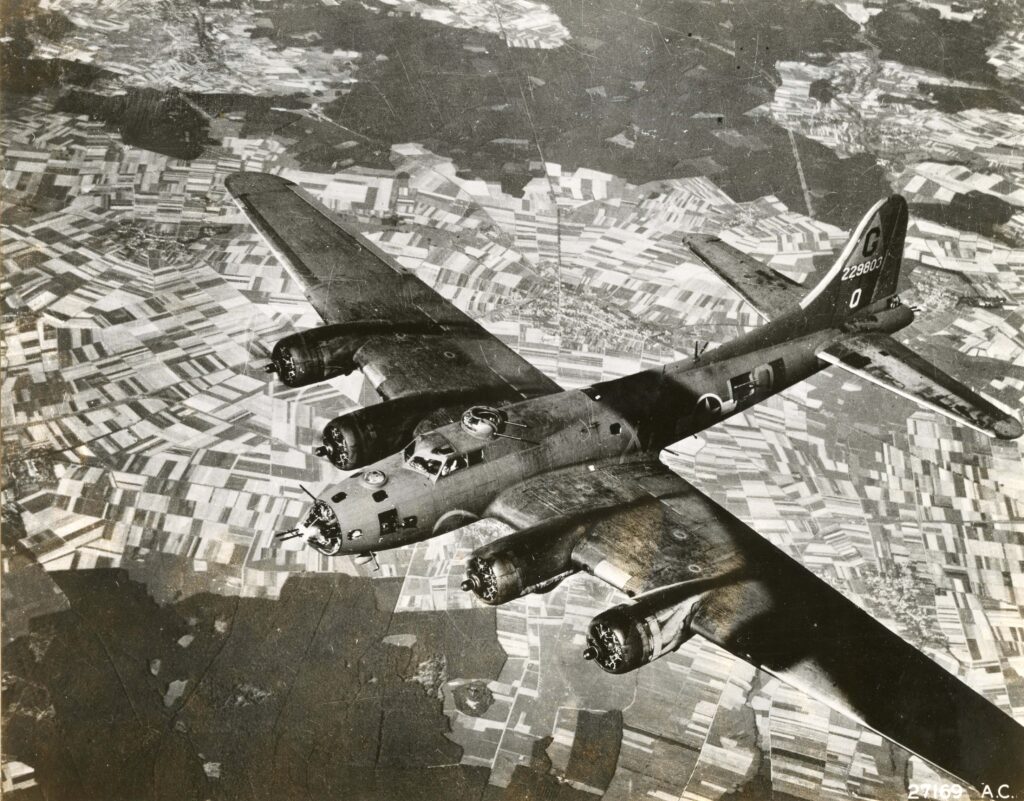
(National Archives)
The B-17 flights in MOTA, as it’s known, are brutal, violent and intense. That’s not at all the experience I had when I got to fly in a B-17 some years ago. I flew in Yankee Lady, the B-17G operated by the Yankee Air Museum of Belleville, Michigan. This B-17 was one of the last built, too late to see combat. It flew for the Coast Guard for a while after the war and then was converted for fire-fighting. The museum received it in 1986, when it needed a complete nine-year restoration before it could return to the air. It was briefly grounded in the spring of 2023 when the Federal Aviation Administration issued an airworthiness directive regarding an issue with wing spars but has resumed flying.
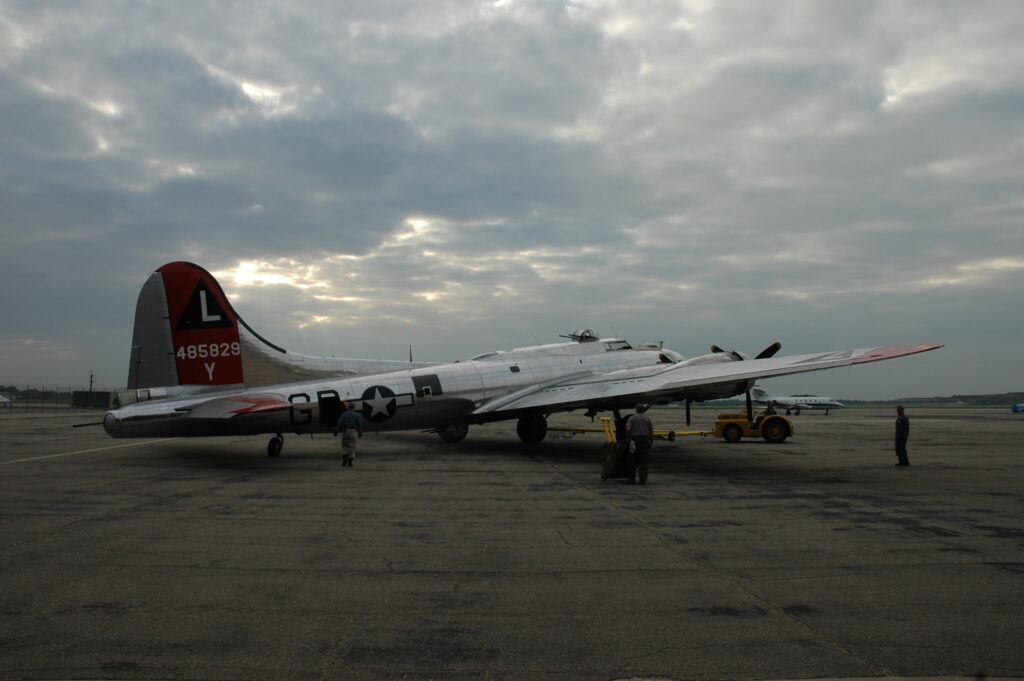
(Tom Huntington)
My flight went off without incident. There was no flak, no fighters, no blood, no worries about hypoxia or frostbite, no spent shell casings littering the fuselage interior. But I did experience the ear-pounding noise generated by the four Wright R-1820-97 engines. On the runway they idled with a loud throaty purr, but when the pilot pushed the throttles forward and Yankee Lady began its takeoff run, the entire airplane vibrated to the roar of the engines. I was sitting in the bombardier’s station in the nose of the bomber, watching as the trees as the end of the runway got closer and closer…and then we lifted up and soared over them.
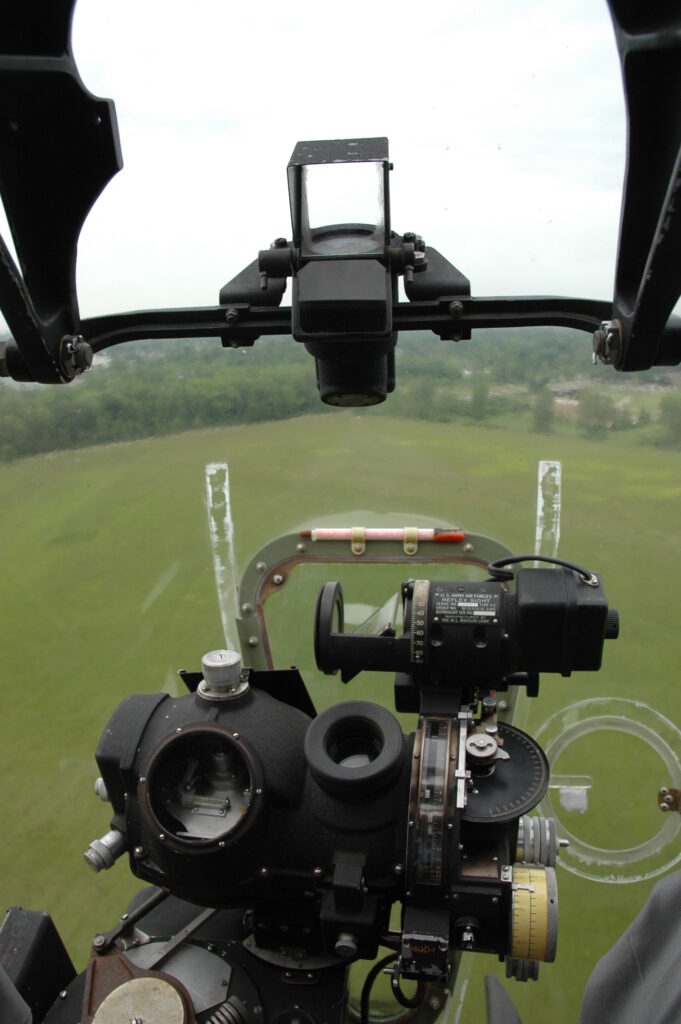
(Tom Huntington)
It was a thrill to fly in the venerable Boeing. Maybe I didn’t get a sense of air combat, but I did get a sense of the airplane, which was not nearly as big—at least from the inside—as I expected. I’m sure it felt even more cramped for aircrew wearing bulky heated suits to protect them from the subzero temperatures at altitude.
I’m glad I got my chance to fly in a B-17 but I’m even happier that I didn’t have to experience what their crews did during the war.
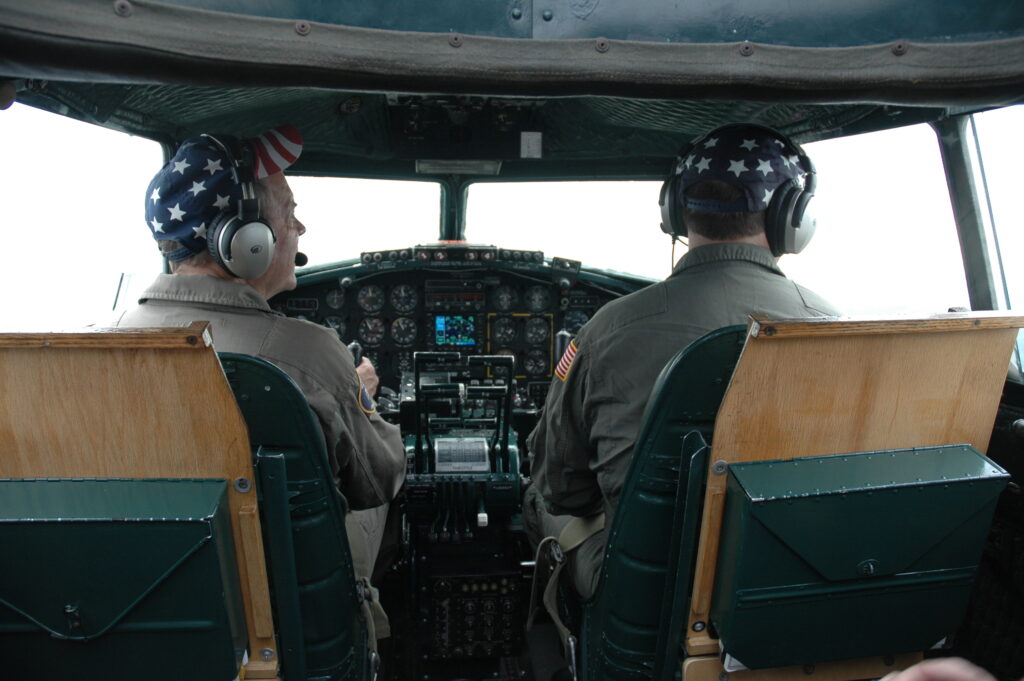
(Tom Huntington)
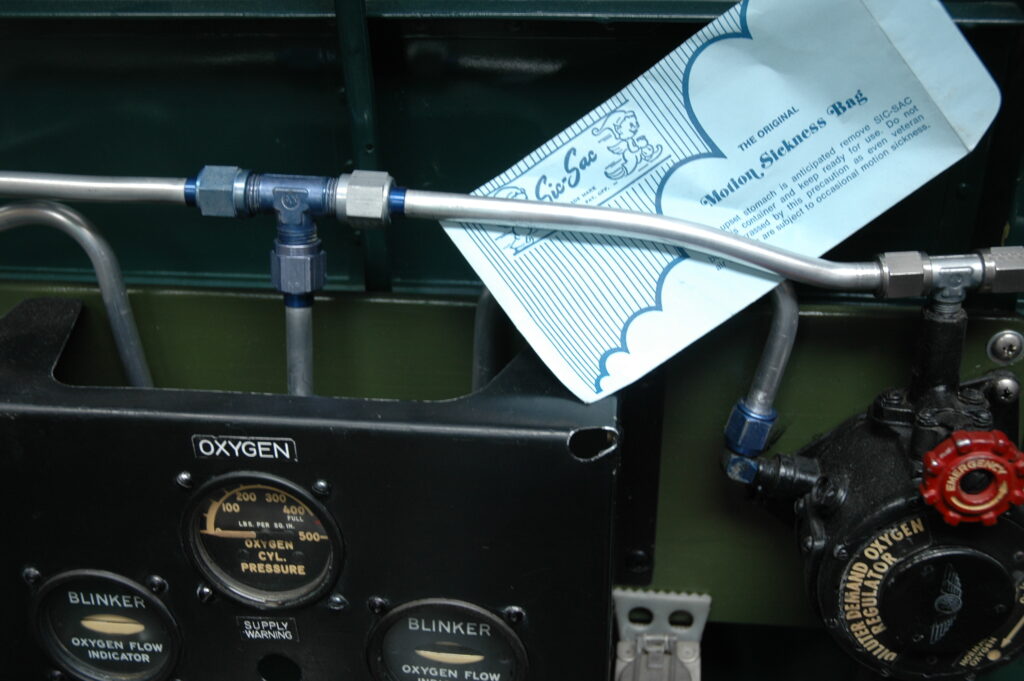
(Tom Huntington)
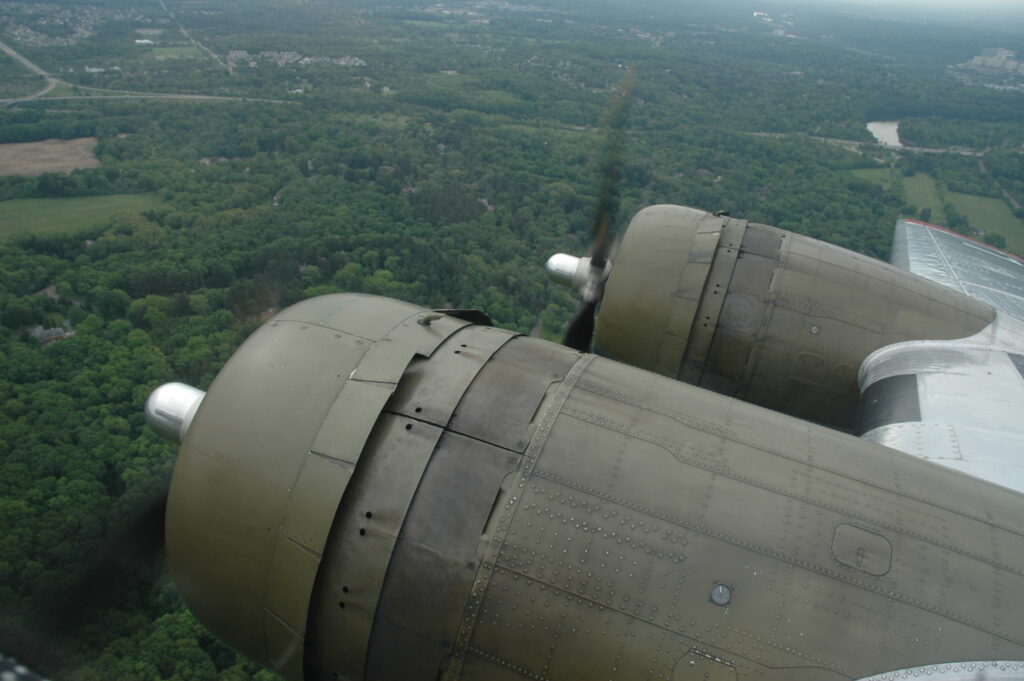
(Tom Huntington)
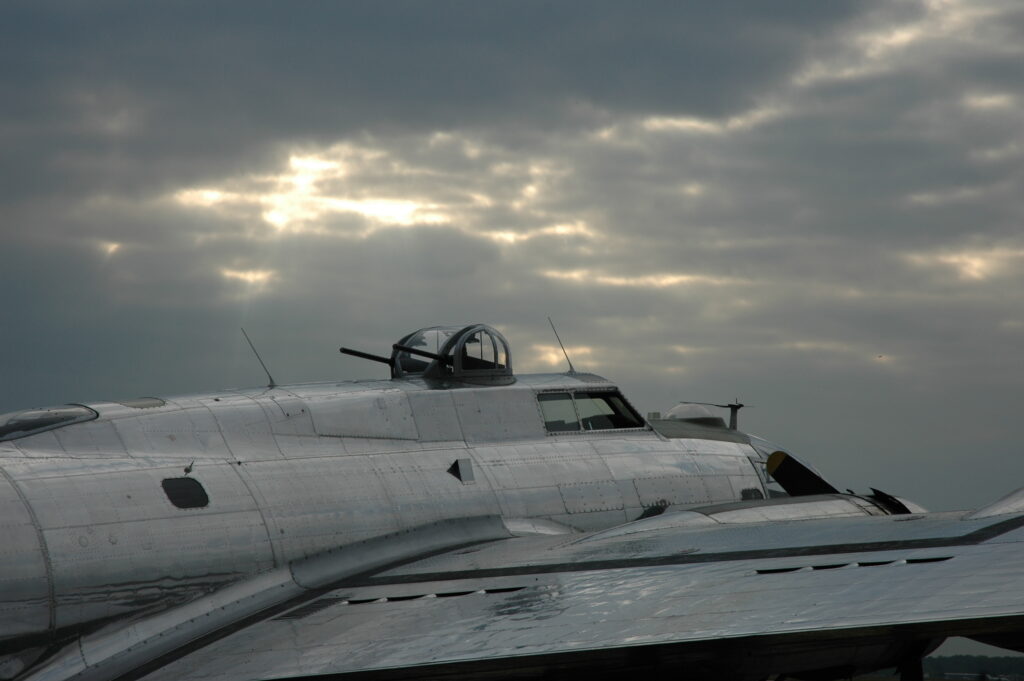
(Tom Huntington)

